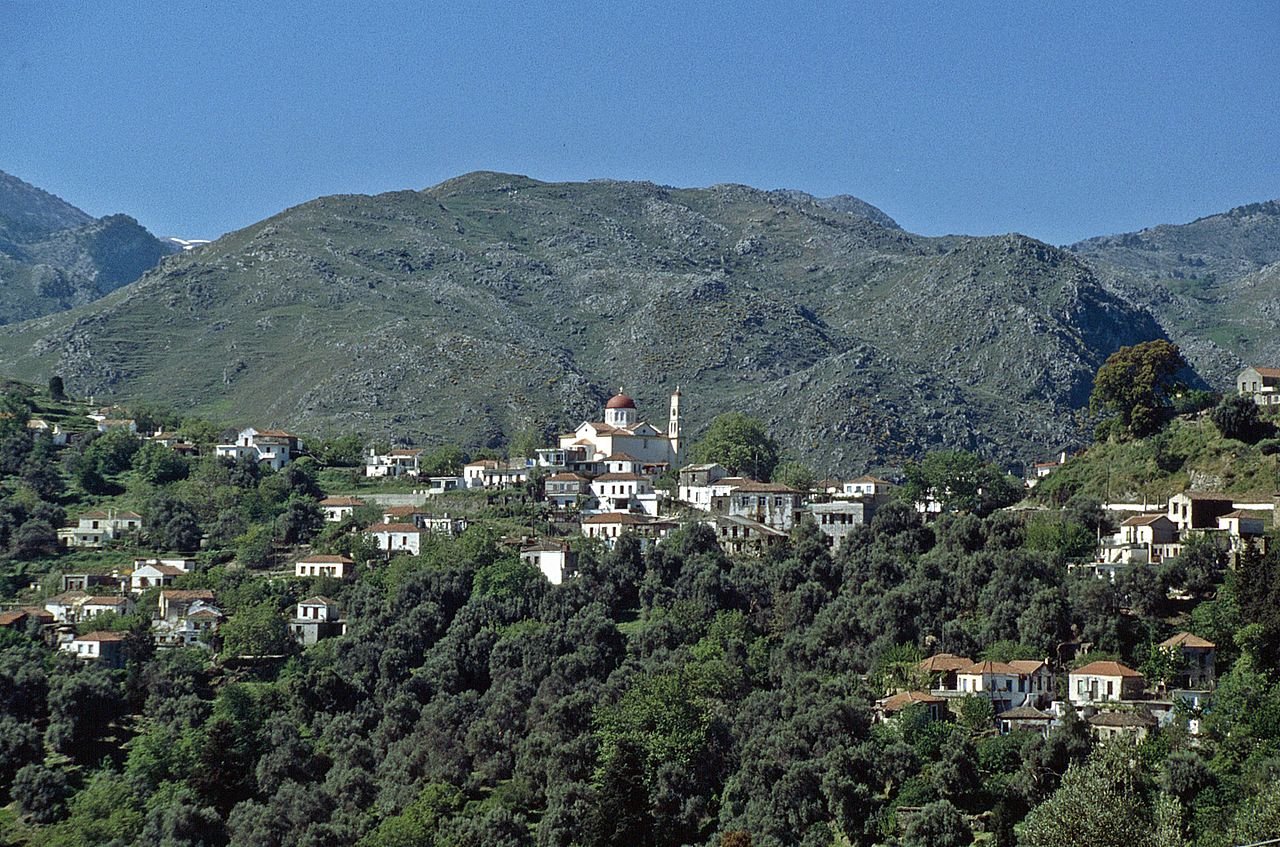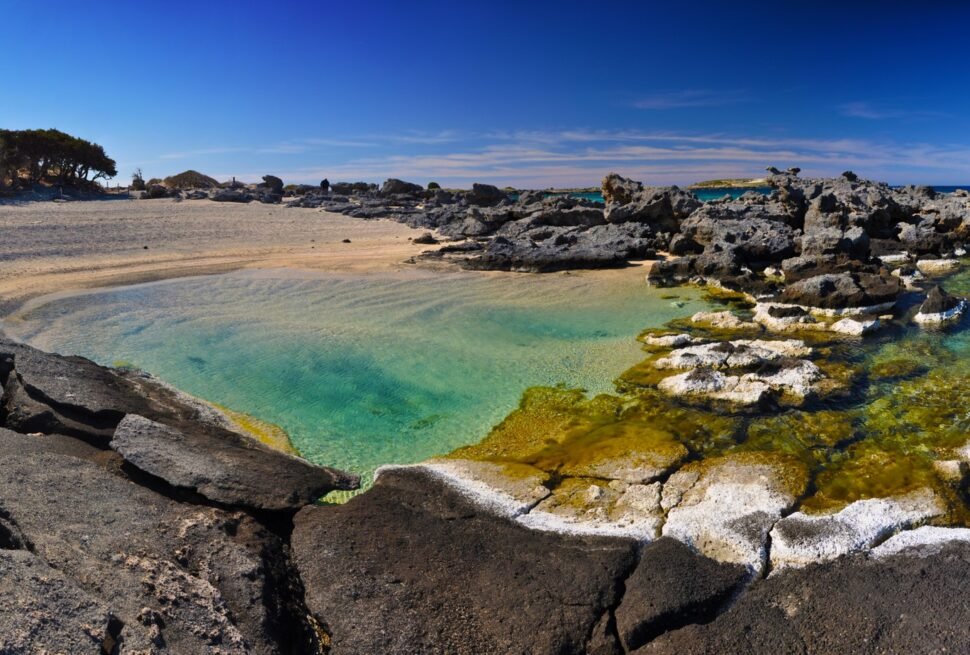
The history of the village begins somewhere in the late 11th century with the arrival in Crete of the twelve princes. One of the princes was Leon, who was named Mousouros because he was the first to enter Wallachia and crush the Vlachs. Leon Mousouros took as his timario a large area in Crete, part of which was the present-day Lakki.
Historical data on the Venetian years are scarce. We know that the Lakkio chieftain Pentachtenis took part in the revolution against the Venetians of 1263. In 1527 the settlement was one of the centers of the revolution of Georgios Kantanoleos, resulting in the destruction of Lakki and the other rebellious villages and the displacement of their inhabitants.
Later, the chieftain Bibos participated in the defense of Heraklion in 1669.
After the occupation of Crete by the Turks, almost a hundred years passed until the first revolution, of Daskalogiannis, broke out in Sfakia, in 1770. This revolution was drowned in blood. Nine other, smaller or larger revolutions followed, until Crete gained its freedom. In the revolution of 1821, the Friends of Crete had organized groups of revolutionaries in the large villages – and in Lakki –. The Revolution in Western Crete, which was declared on May 29, 1821 in Panagia Thymiani, quickly spread to the entire island. The Lakkiots who spontaneously joined the revolutionary ranks from the beginning of the revolution, reached one hundred and thirty-eight. The number of Lakkios who fell during the revolution of 1821–1828 was fifty-nine. However, the participation of women in the revolutions for the liberation of Crete from the Turks was also great. In the great revolution of 1866–1869, many Lakkios women distinguished themselves, especially Katerina Stamataki and her standard-bearer Irene Drakoule. As Hatzi-Mihalis Giannaris mentions in his “Kretikopoula”, fifty young women from Lakkios, with their own flag, took part in fierce battles that lasted three months.
After the liberation of Crete from the Turks, Crete continued to lead the national liberation struggles. In the Macedonian Struggle (1903–1908), the Cretans carried out most of the struggle for the defense and liberation of Macedonia. In this struggle, seventy-one men from Lakki participated. Sixteen of them remained forever – honored dead – on the soil of Macedonia.
But also in the Balkan Wars (1911–1913) seventy-nine fighters from Lakki participated, from the then autonomous Crete. Again with a heavy blood toll, with fifteen dead, the Lakkis honored the battlefield. Also significant was the participation of the Lakkis in the dark period of the Asia Minor Catastrophe (1922). Seven Lakkis remained forever on the soil of Turkey.
In recent years, the Lakkis have continued the tradition of their ancestors. In the Battle of Crete (May 20, 1941) and in the days that followed, four hundred and eighty-five men and women resisted the German occupiers. During this period, sixty-eight Lakkios gave their lives for the freedom of Greece. Some remained forever in the mountains of Albania, others were killed by the Germans and several of them followed the fate of the hostages in the German camps of Auschwitz and Dachau. However, the price was heavy, perhaps heavier than at any other time, in the worst moments of modern Greek history, in the dark years of national division (1947–1950). Fifteen Lakkios, from both sides, were killed by fraternal hands.
These were the last pages of Lakkios history that were written with pain and blood. A period of prosperity followed until the mid-1970s in the village. The people of Lakki, who had previously distinguished themselves on the battlefields, excelled in the fields of letters and the arts. This poor and barren village at the foot of the White Mountains, produced seventy teachers, ninety-one professors, sixty-nine lawyers, fifteen judges, one hundred and nineteen engineers, sixty-eight doctors and two hundred and eighty scientists of various specialties.
Several personalities who took part in various revolutions and military conflicts came from Lakki. In fact, several families produced a multitude of military and chieftains. Some of these were the Giannaris families (main representatives were Hadzimichalis Giannaris, the linguist and chieftain Antonios Giannaris, etc.), Mantakas (see Anagnostis and Emmanuel Mantakas), Koukoulakis (such as the fighter of the Greek revolution, Ioannis Koukoulos and the Macedonian fighter Theodoros Koukoulakis) and Volanis (e.g. the Macedonian fighter Georgios Volanis).
Today the village is living in the days of decline, as few elderly residents have remained in it. The village has been visited in recent months by tourists from all over the world, while some of them have already bought houses and live there for a large part of the year.









Select the type of journey that you would like to embark on to visit Lakki Village





